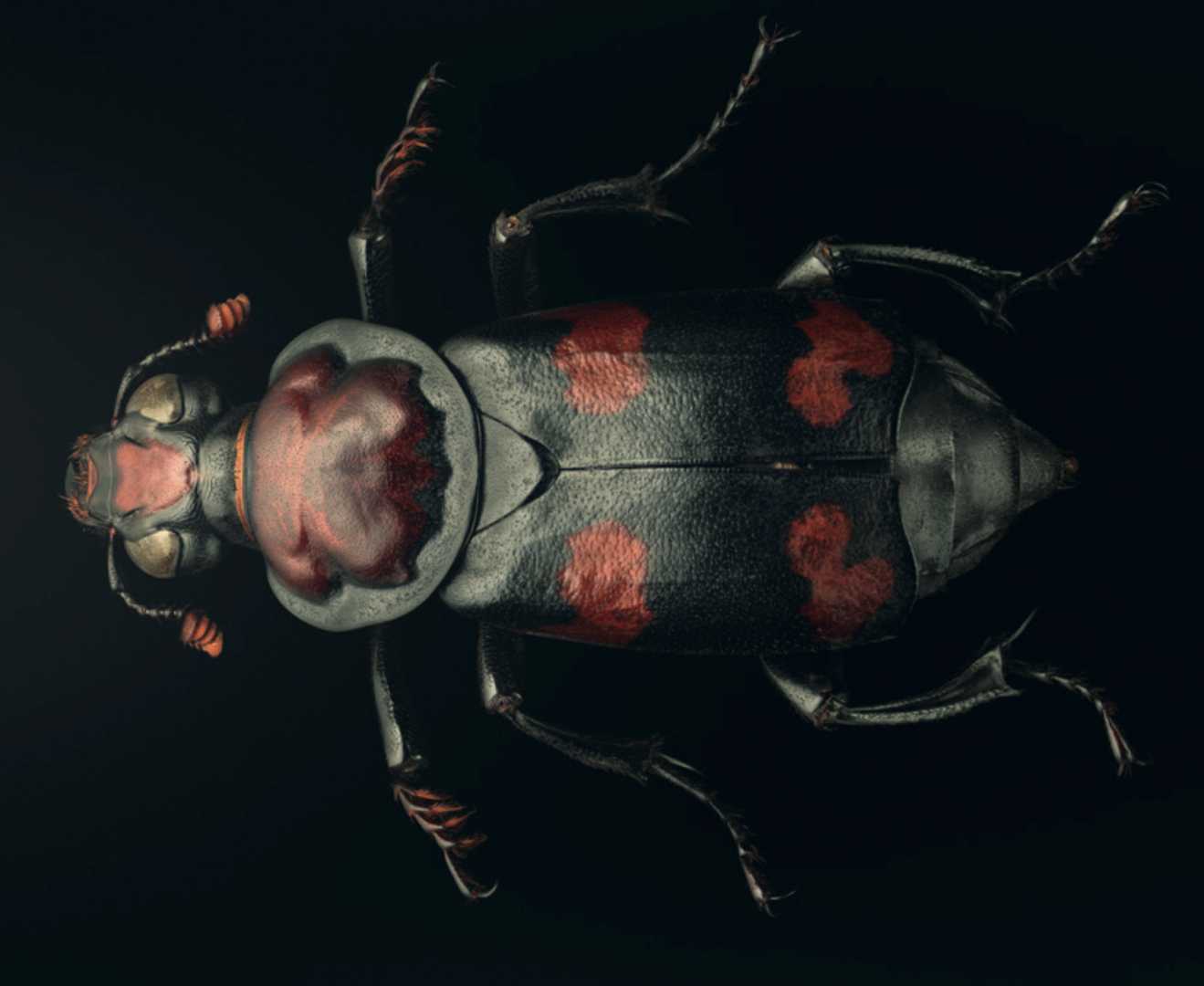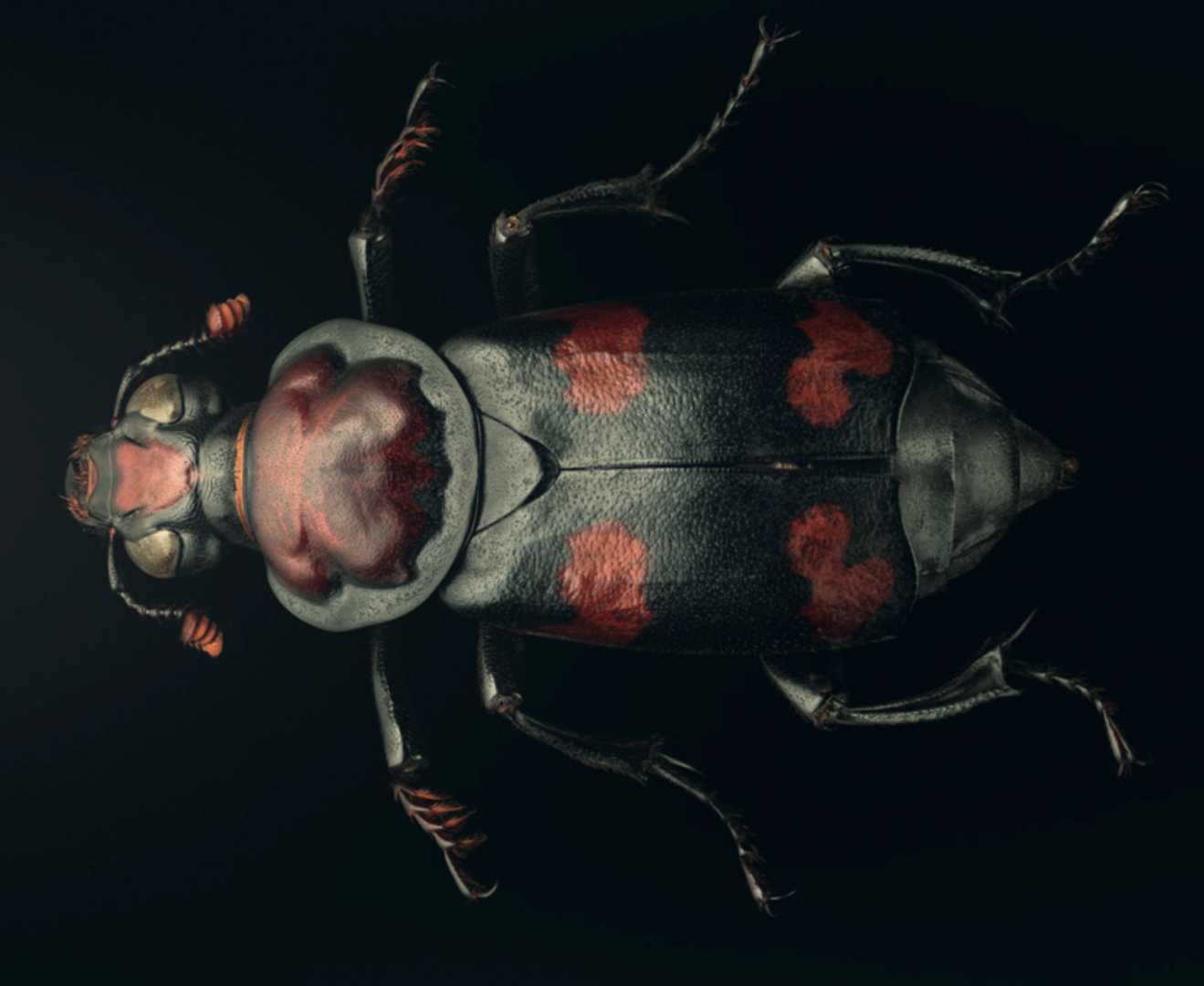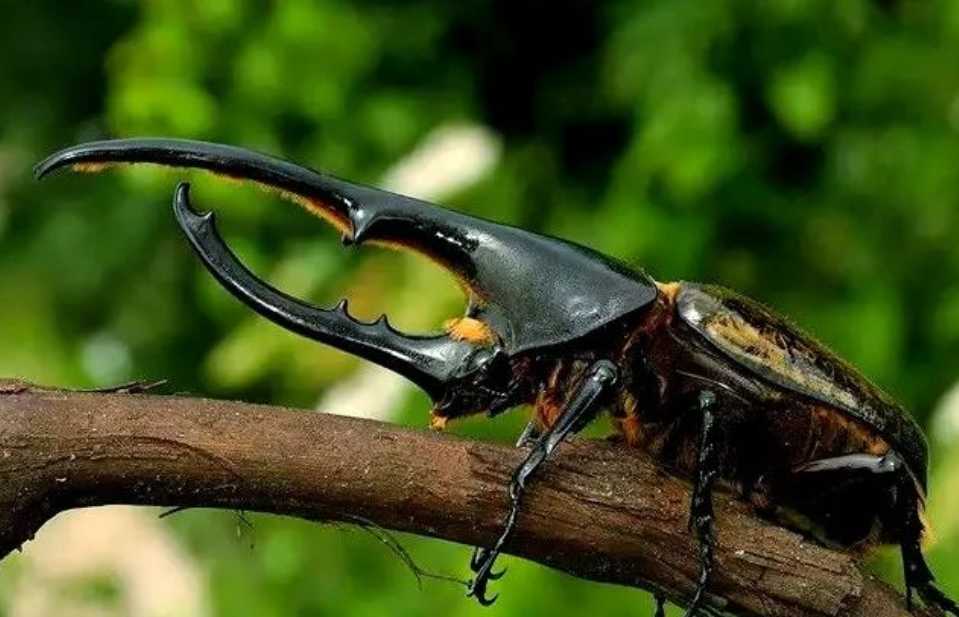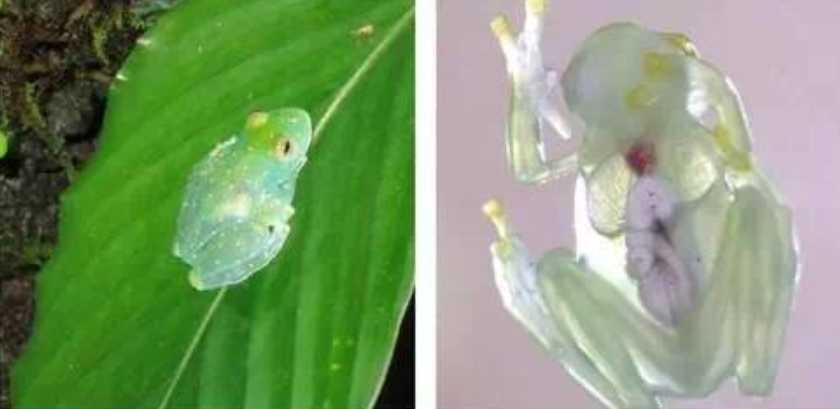Mysterious Declines: American Burying Beetles in the East and European Yellow - Bordered Hornets
In the vast expanse of North America's eastern regions, the American burying beetle, a large and highly recognizable carrion beetle, was once a common sight. With its distinct black body adorned by orange - red patches on the elytra and pronotum, it played a crucial ecological role as nature's decomposer. These beetles, which can reach lengths of 25 - 45 mm, were known for their unique behavior of burying small animal carcasses, such as those of birds or rodents, to use as a food source for their offspring. This not only helped in nutrient recycling but also controlled populations of other scavengers and flies.
 Source: Images from the Internet, if there is any infringement, please contact the removal of
Source: Images from the Internet, if there is any infringement, please contact the removal of
However, the 20th century witnessed a baffling decline in their numbers. Once found across 35 states in the US and parts of southern Canada, by the 1920s, the American burying beetle had all but disappeared from most of its former range. Today, it is only present in a handful of states and the Canadian province of Ontario. Scientists have hypothesized several factors contributing to this decline. The extinction of the passenger pigeon, which provided an ideal - sized food source for the beetles, likely had a significant impact. Additionally, the widespread use of insecticides, an increase in mammalian scavengers like raccoons, skunks, and opossums, and light pollution, which disrupts their nocturnal circadian rhythm, may have all played a part in reducing their population.
Similarly, in the Old World, the yellow - bordered hornet (Vespa crabro), Europe's largest hornet species, has seen a marked decline in its native European habitats. The reasons for this decline remain unclear. With the queen hornets reaching lengths of 2.5 - 3.5 cm, these insects are easily distinguishable. They build large, papery nests and are generally non - aggressive unless their nests are threatened. In Europe, they are an important part of the ecosystem, preying on other insects and playing a role in controlling pest populations.
Yet, when introduced to North America, the situation for the yellow - bordered hornet is quite different. The populations there seem to be faring better. This could potentially be due to a lack of natural predators or competitors in their new environment, or perhaps the availability of different food sources. The contrast between the decline in Europe and the relative stability in North America for the yellow - bordered hornet adds to the complexity of understanding insect population dynamics and the various factors that can influence them.
-------- END --------






